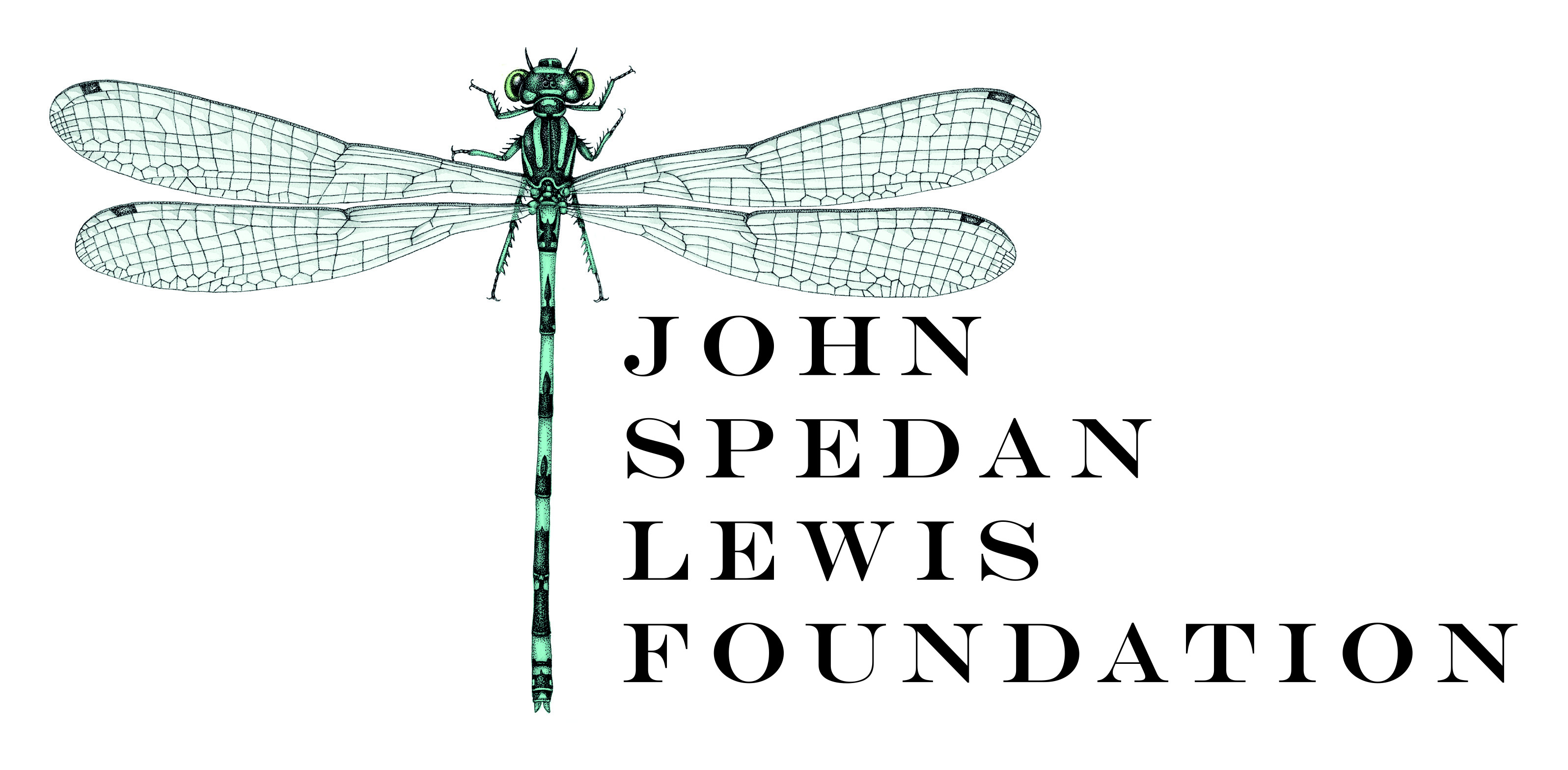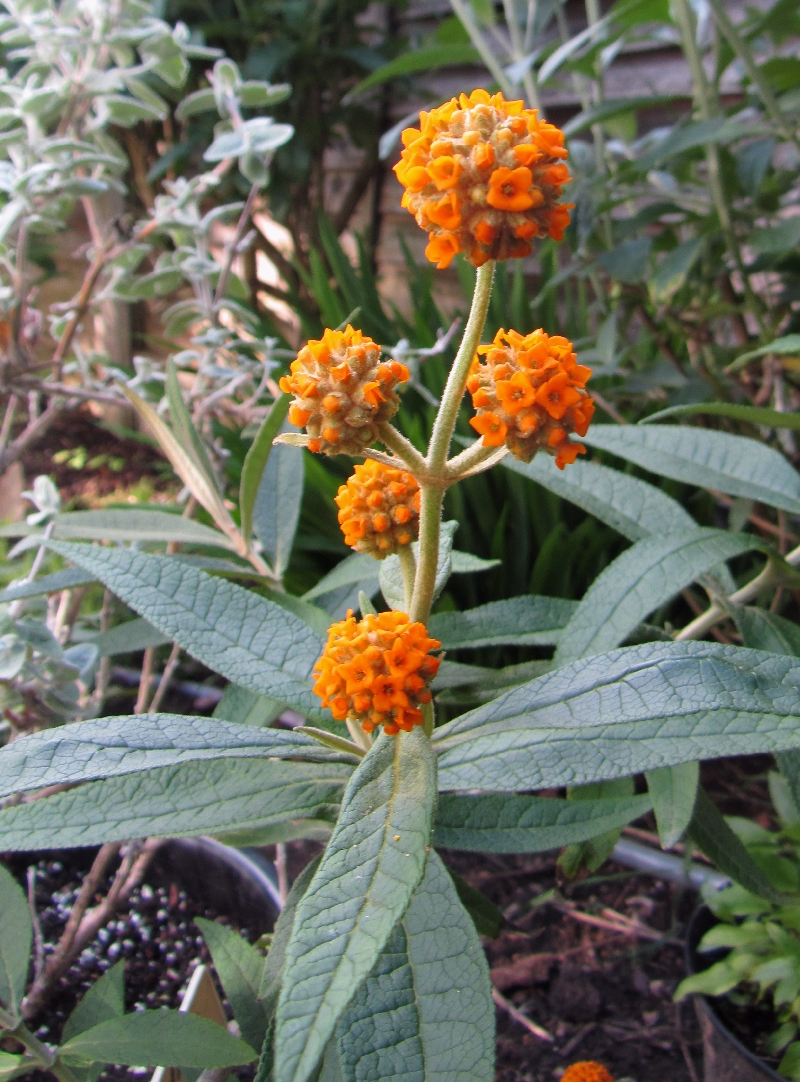Buddleja araucana
Sponsor
Kindly sponsored by
The John Spedan Lewis Foundation

Credits
Andrew Large (2021)
Recommended citation
Large, A.T. (2021), 'Buddleja araucana' from the website Trees and Shrubs Online (treesandshrubsonline.
Genus
Synonyms
- Buddleja globosa var. araucana (Phil.) Reiche
- Buddleja nappii Lorentz
Other taxa in genus
- Buddleja albiflora
- Buddleja alternifolia
- Buddleja asiatica
- Buddleja auriculata
- Buddleja caryopteridifolia
- Buddleja colvilei
- Buddleja cordata
- Buddleja crispa
- Buddleja crispa × lindleyana
- Buddleja curviflora
- Buddleja davidii
- Buddleja delavayi
- Buddleja fallowiana
- Buddleja fallowiana × davidii
- Buddleja FLUTTERBY™ Series
- Buddleja forrestii
- Buddleja globosa
- Buddleja glomerata
- Buddleja japonica
- Buddleja lindleyana
- Buddleja LO AND BEHOLD® Series
- Buddleja longiflora
- Buddleja loricata
- Buddleja × luteolufaucia
- Buddleja macrostachya
- Buddleja marrubiifolia
- Buddleja megalocephala
- Buddleja 'Miss Ruby'
- Buddleja 'Morning Mist'
- Buddleja myriantha
- Buddleja New Dwarf Hybrids
- Buddleja nivea
- Buddleja officinalis
- Buddleja 'Orange Sceptre'
- Buddleja paniculata
- Buddleja × pikei
- Buddleja 'Pink Delight'
- Buddleja saligna
- Buddleja 'Salmon Spheres'
- Buddleja salviifolia
- Buddleja 'Silver Frost'
- Buddleja speciosissima
- Buddleja 'Summer Beauty'
- Buddleja virgata
- Buddleja × wardii
- Buddleja × weyeriana
- Buddleja × weyeriana Hybrids
- Buddleja 'Winter Sun'
Dioecious shrub, 1–3 m tall, with grey fissured bark; branchlets terete and tomentose. Leaves sessile with conspicuous stipular line, blades linear to lanceolate, 3–9 × 0.8–2 cm, coriaceous, tomentose on both surfaces, apex acuminate, base connate, margin crenulate or subentire. Inflorescence one terminal head with 1–4 pairs of pedunculate heads, peduncles 0.5–5 cm long, each head 1–2 cm in diameter with 25–35 flowers. Calyx tubular and tomentose outside, 3–4 mm long, lobes tomentose 0.7–1.5 mm. Corolla orange, tomentulose outside, warty hairs in upper part of the tube, tube 4–5 mm long, orbicular lobes 2–2.5 mm. Stamens sessile, inserted just below the throat, anthers 1–1.2 mm. Ovary tomentose, 1.5–2 mm long, style 1.7–2 mm in length, stigma clavate, 1–1.5 mm long. Capsule oblong ovoid, 4–6 × 2–2.5 mm with glandular hairs, stellate tomentose on upper half. Seeds oblong, with small wings, 1.1–1.4 mm × 0.4–0.5 mm. (Norman 2000).
Distribution Argentina South Mendoza, Rio Negro, Neuquen Chile
Habitat Semi-desert and rocky steppes.
USDA Hardiness Zone 6-9
RHS Hardiness Rating H5
Taxonomic note Buddleja araucana is very similar B. globosa, so much so it was at one point reduced to a variety of B. globosa (Reiche 1911) and is still occasionally considered a synonym. However, in the most recent revision of Neotropical Buddleja (Norman 2000) it is treated as a separate species. This species is frequently still labelled with its former name of Buddleja nappii.
Buddleja araucana is closely related to B. globosa and likewise has inflorescences of 5–9 ‘balls’ made up of tightly packed orange flowers, about 2 cm in diameter, which appear in late spring or early summer. It differs mostly in its leaves, which are narrower and have tan-coloured tomentum on the under surface and petiole (Stuart 2006). The individual flowers are slightly different from B. globosa, being of a more intense colour; the flower buds and calyx are more conspicuously tomentose (often tan-coppery in colour) and the unopened flower buds more bullet-shaped. In common with B. globosa and with most New World Buddleia the species is dioecious, with separate male and female plants producing staminate and pistillate flowers respectively; pistillate (female) flowers can be identified by close examination of the stamens, which are are withered and shed no pollen. The plant in the horticultural trade and in UK national collections is probably male, and hence sets no seed; although no natural hybrids/intermediates have been reported from the wild (Norman, pers. comm.) this plant hybridises readily with (female) B. globosa in gardens. The resulting progeny are fertile and intermediate between the parent species; the hybrids are only subtly different from the parents, mostly in the flowers: generally the buds and calyx are less tomentose than B. araucana but more so than B. globosa (pers. obs.).
Although hailing from arid, semi-desert areas of Argentina and Chile, B. araucana thrives in temperate gardens, is hardy to –20°C and tolerant of many different soil conditions, except regularly waterlogged soils. It will grow into a large, evergreen shrub, but is perhaps slightly less vigorous than B. globosa (Stuart 2006). A plant descended from a collection made in 1925 by Harold Comber in Salta Province, north west Argentina (Comber 214) persists in cultivation at the Royal Botanic Garden Edinburgh (T. Christian pers. comm. 2020).

